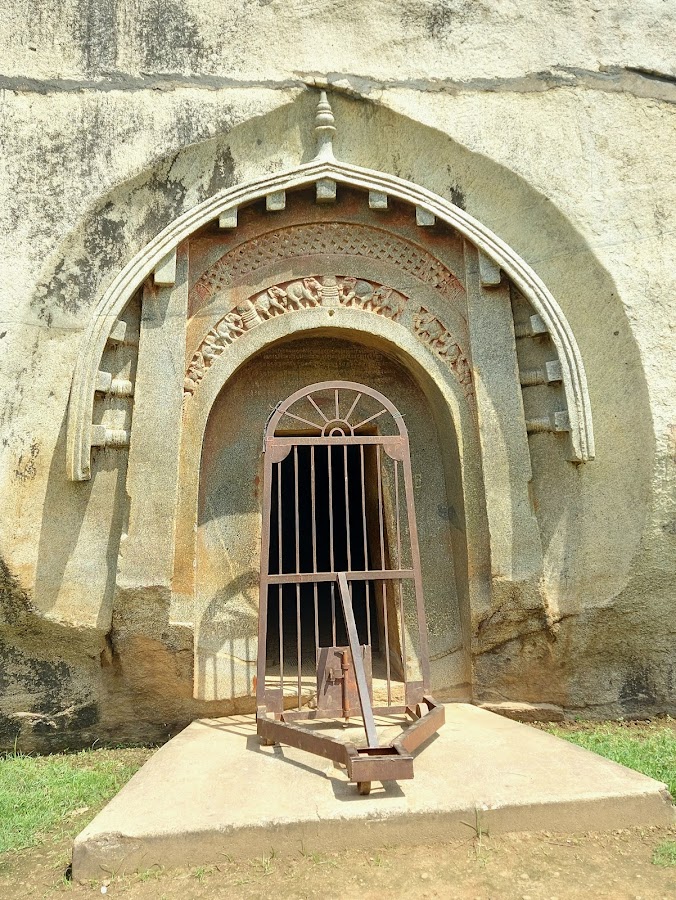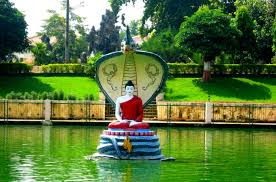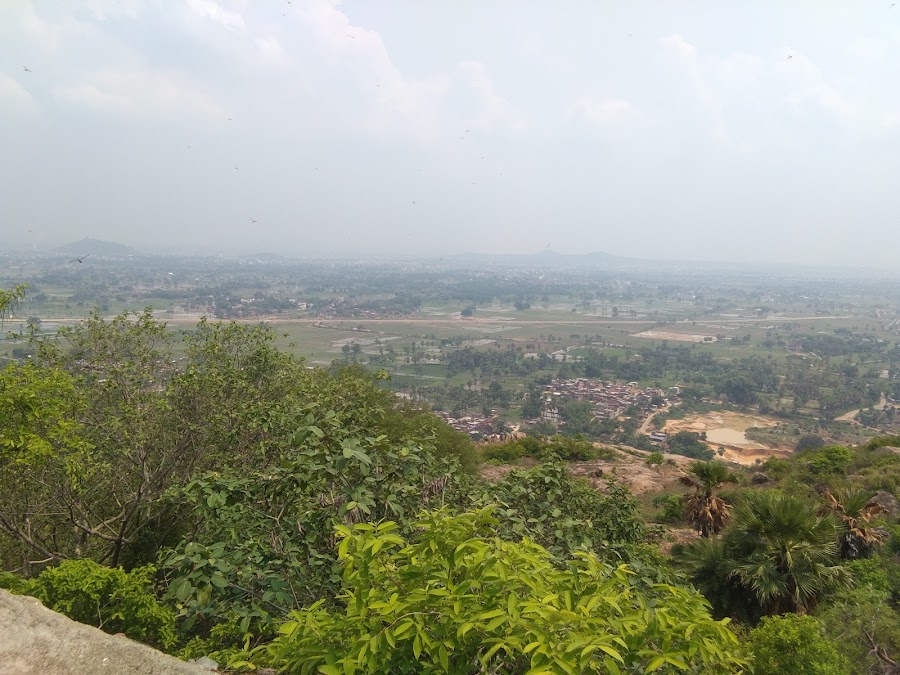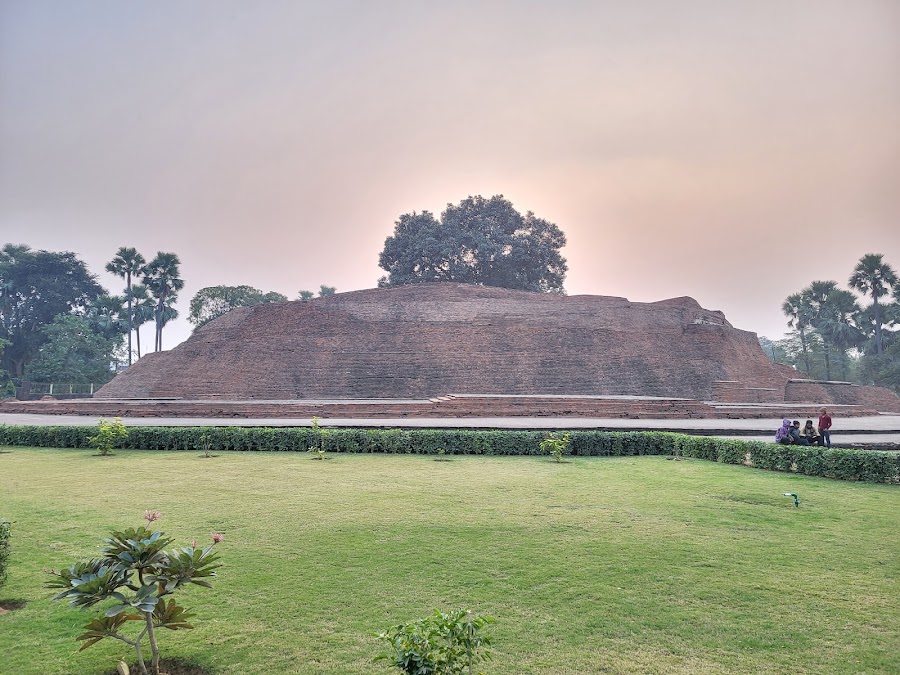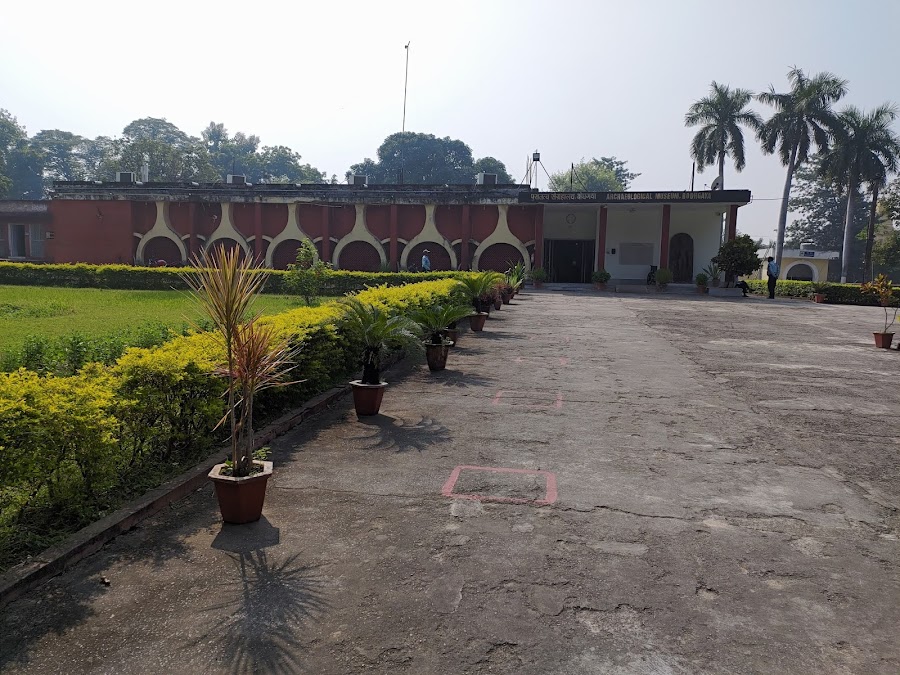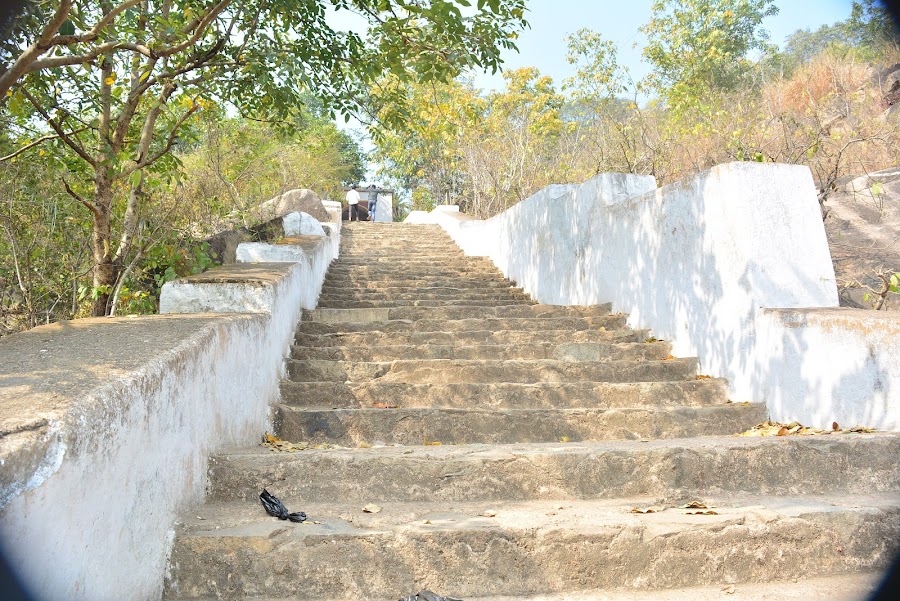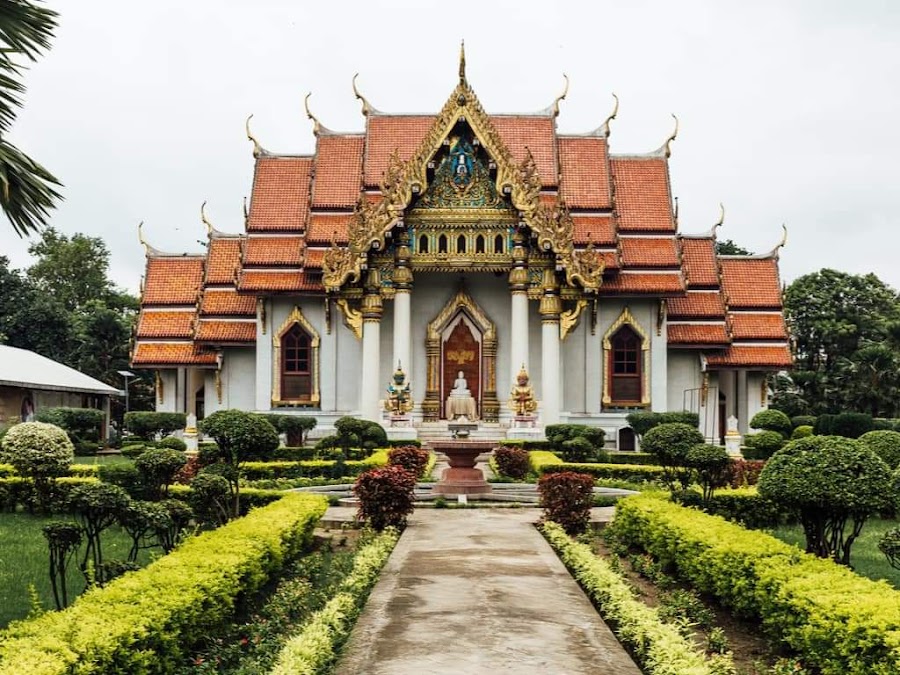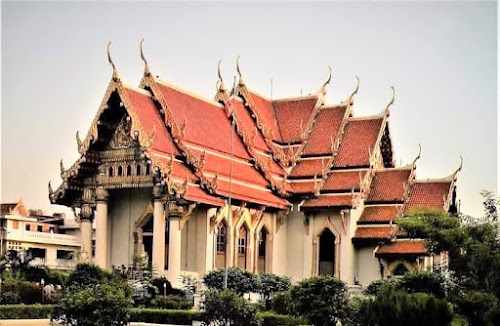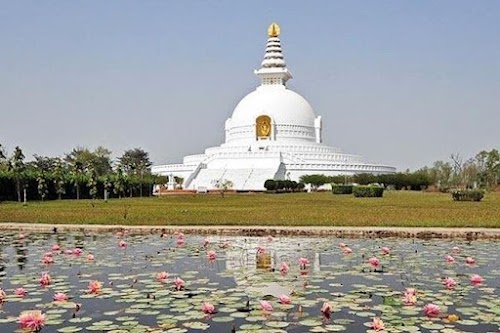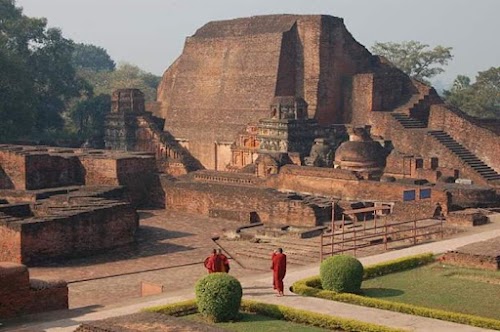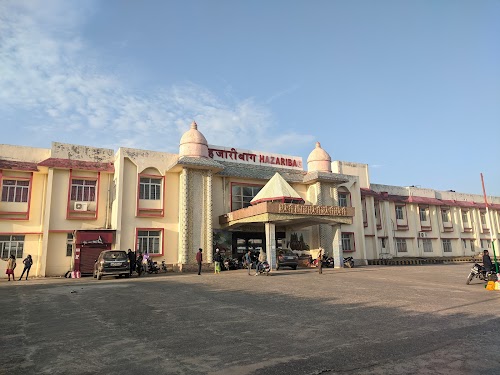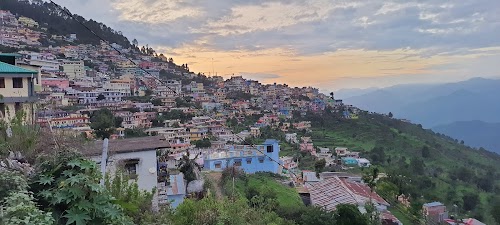
Gaya, India
Gaya, a city steeped in spirituality and history, is primarily known for its significance in Buddhism and Hinduism. It's where Prince Siddhartha attained enlightenment under the Bodhi tree, becoming Buddha. The Mahabodhi Temple, a UNESCO World Heritage Site, is the major attraction. The city also holds importance for Hindus as a place for performing Pind Daan rituals for ancestors. Gaya offers a blend of ancient religious sites, bustling markets, and a glimpse into the cultural fabric of Bihar. It's a pilgrimage destination attracting visitors from around the world seeking spiritual solace and historical exploration.
Known for:
History:
Gaya's history is deeply intertwined with the life of Buddha. It was here, in Bodh Gaya, that Prince Siddhartha meditated under the Bodhi tree and attained enlightenment. This event transformed the region into a major Buddhist pilgrimage site. The city also has a rich Hindu history, with references in ancient texts like the Ramayana and Mahabharata. Over centuries, Gaya has witnessed the rise and fall of various empires, each leaving its mark on the city's architecture and culture. The Mahabodhi Temple, a testament to its historical significance, has been rebuilt and restored multiple times.
How to reach:
Gaya is well-connected by air, rail, and road. The Gaya Airport (GAY) has domestic flights from major Indian cities. The Gaya Junction railway station is a major railhead with trains connecting to different parts of the country. The city is also accessible by road, with regular bus services from nearby cities and states.
Places in Gaya, India
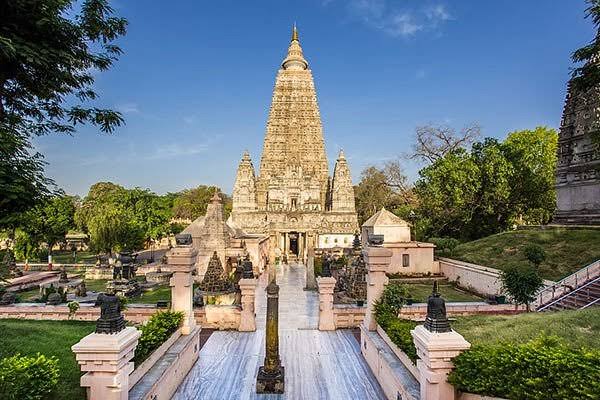
Bodhi Tree
Gaya, India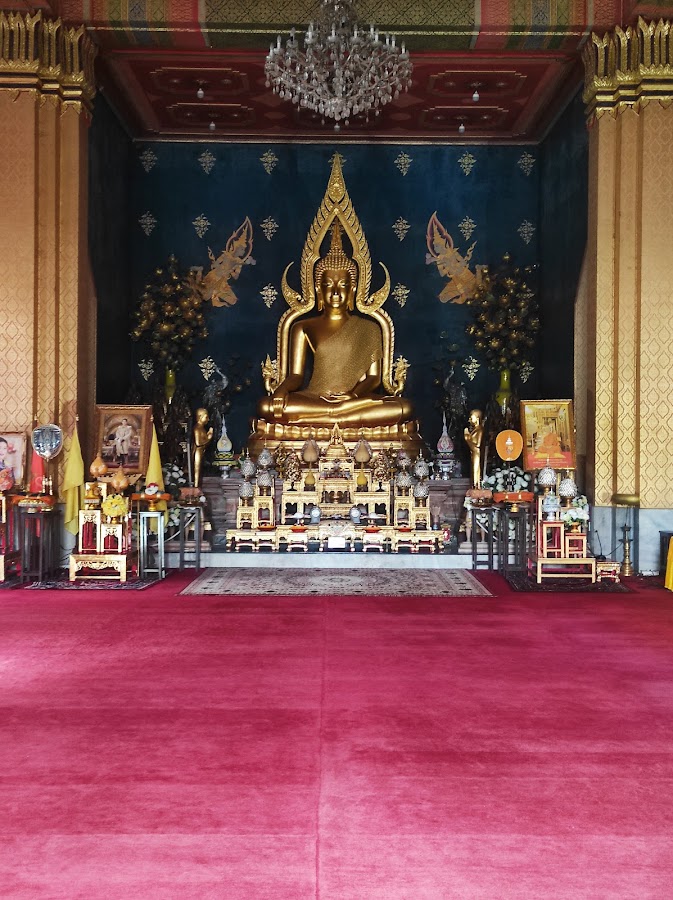
Wat Thai Buddhagaya Temple
Gaya, India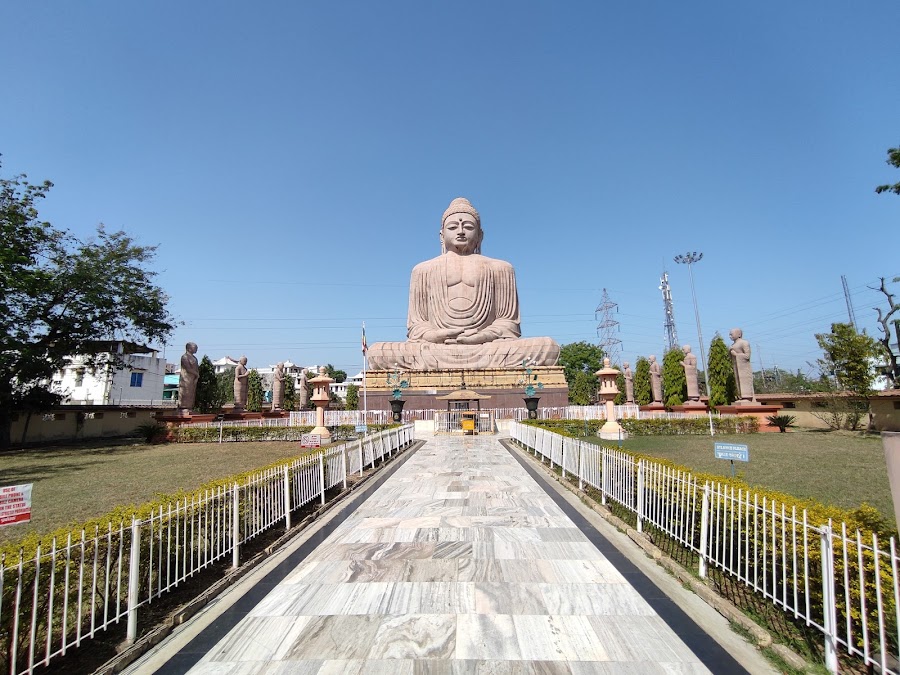
The Great Buddha Statue
Gaya, India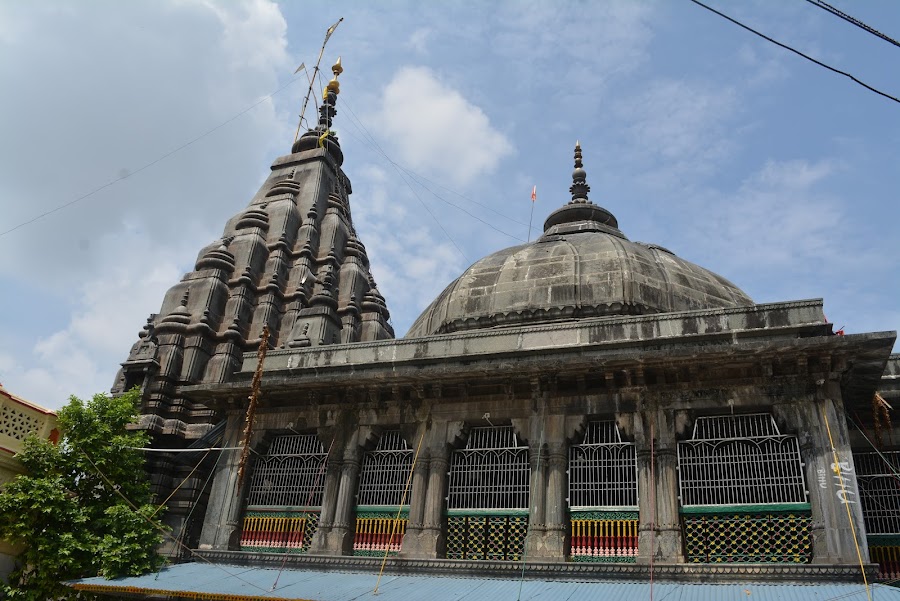
Shri Vishnupad Temple
Gaya, India
Mahabodhi Temple
Gaya, India
Mangla Gauri Temple
Gaya, India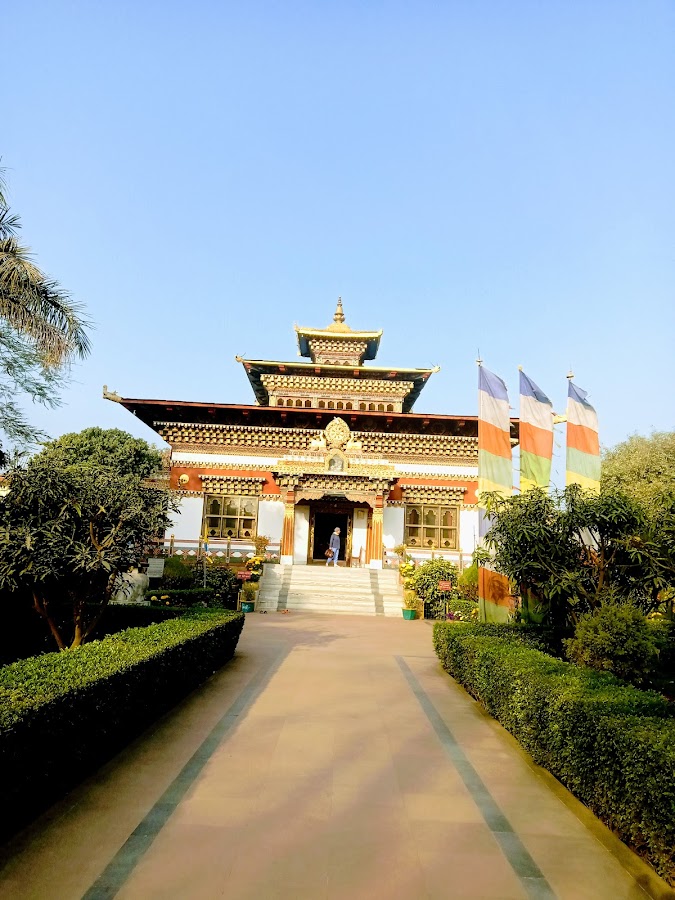
The Royal Bhutanese Monastery
Gaya, India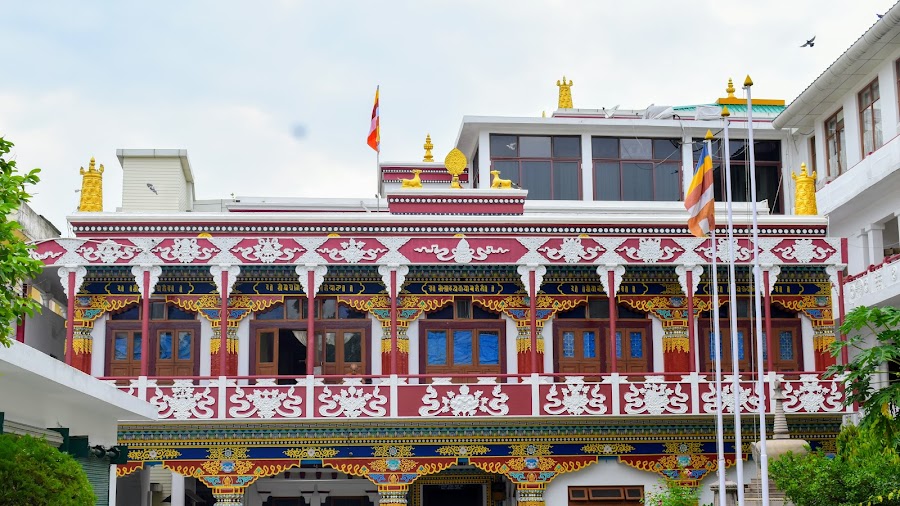
Chinese Temple & Monastery
Gaya, India